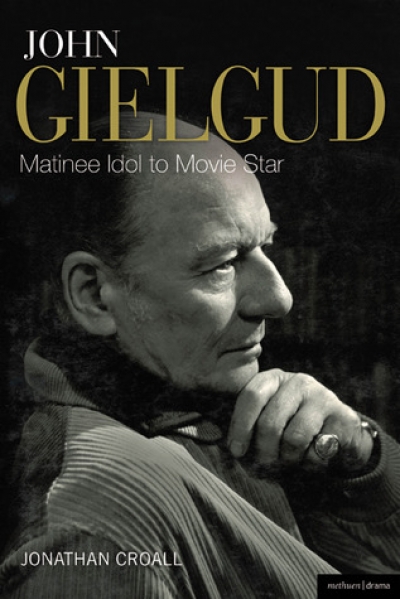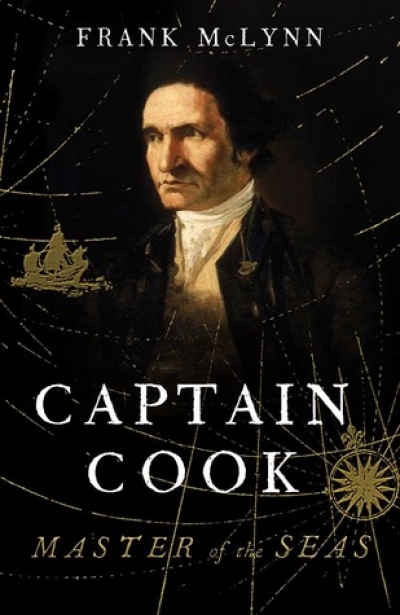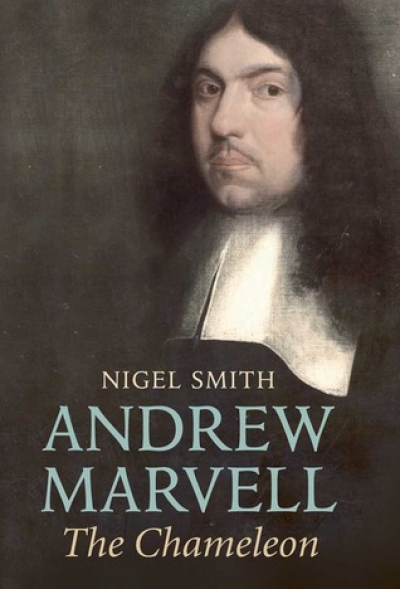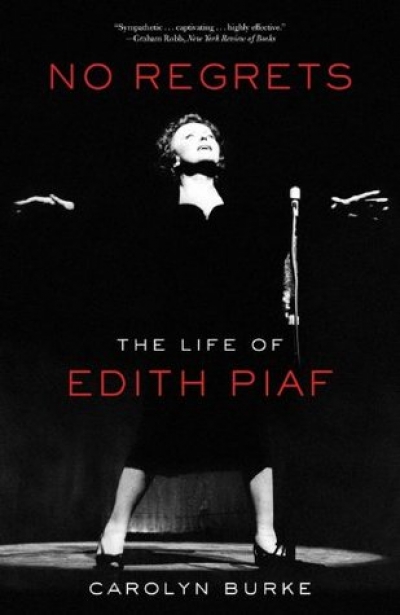Biography
Recollections of a Bleeding Heart: A Portrait of Paul Keating PM, Second Edition by Don Watson
by Glyn Davis •
Images of the Interior: Seven Central Australian Photographers by Philip Jones
by Helen Ennis •
John Gielgud: Matinee Idol to Movie Star by Jonathan Croall
by Brian McFarlane •










